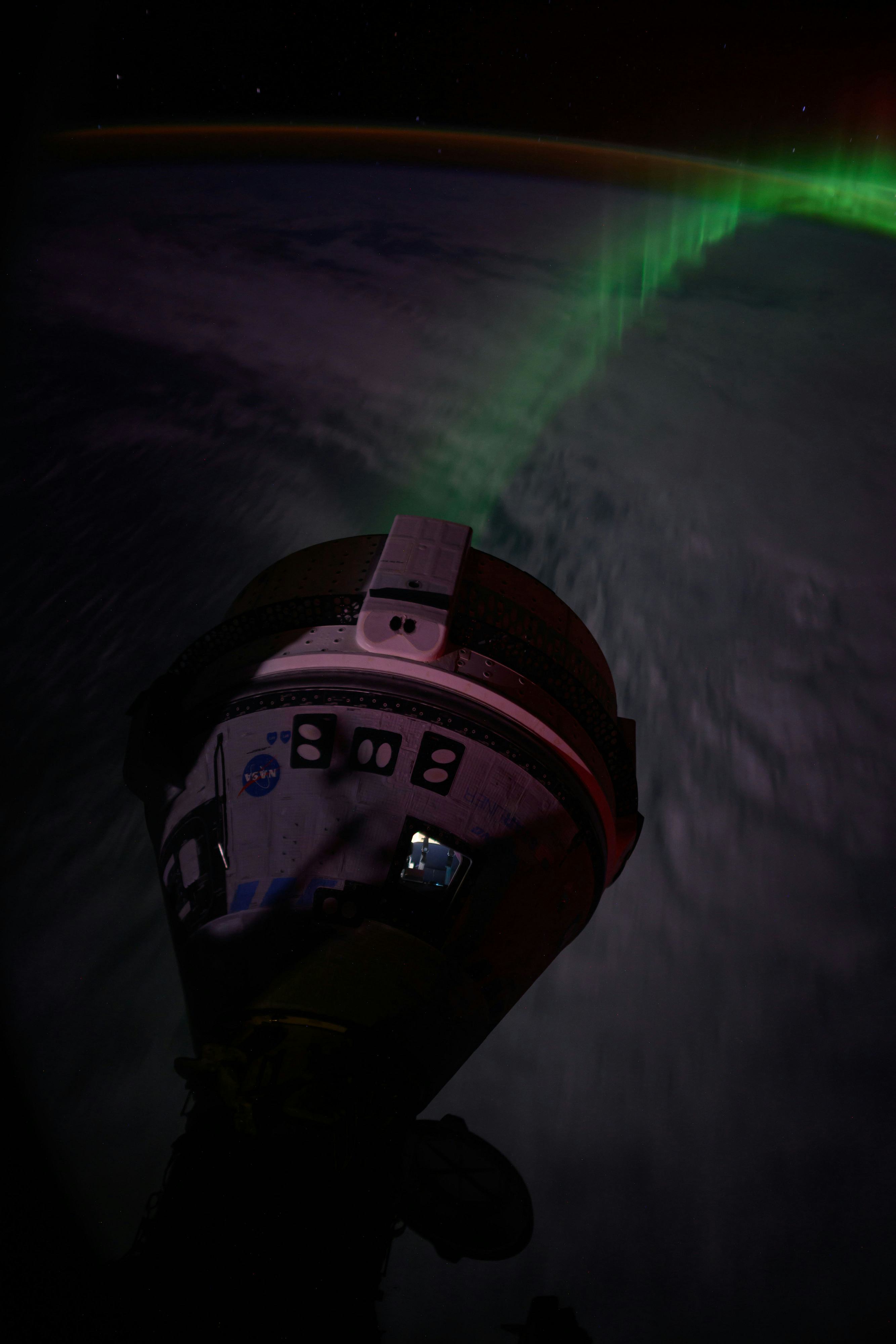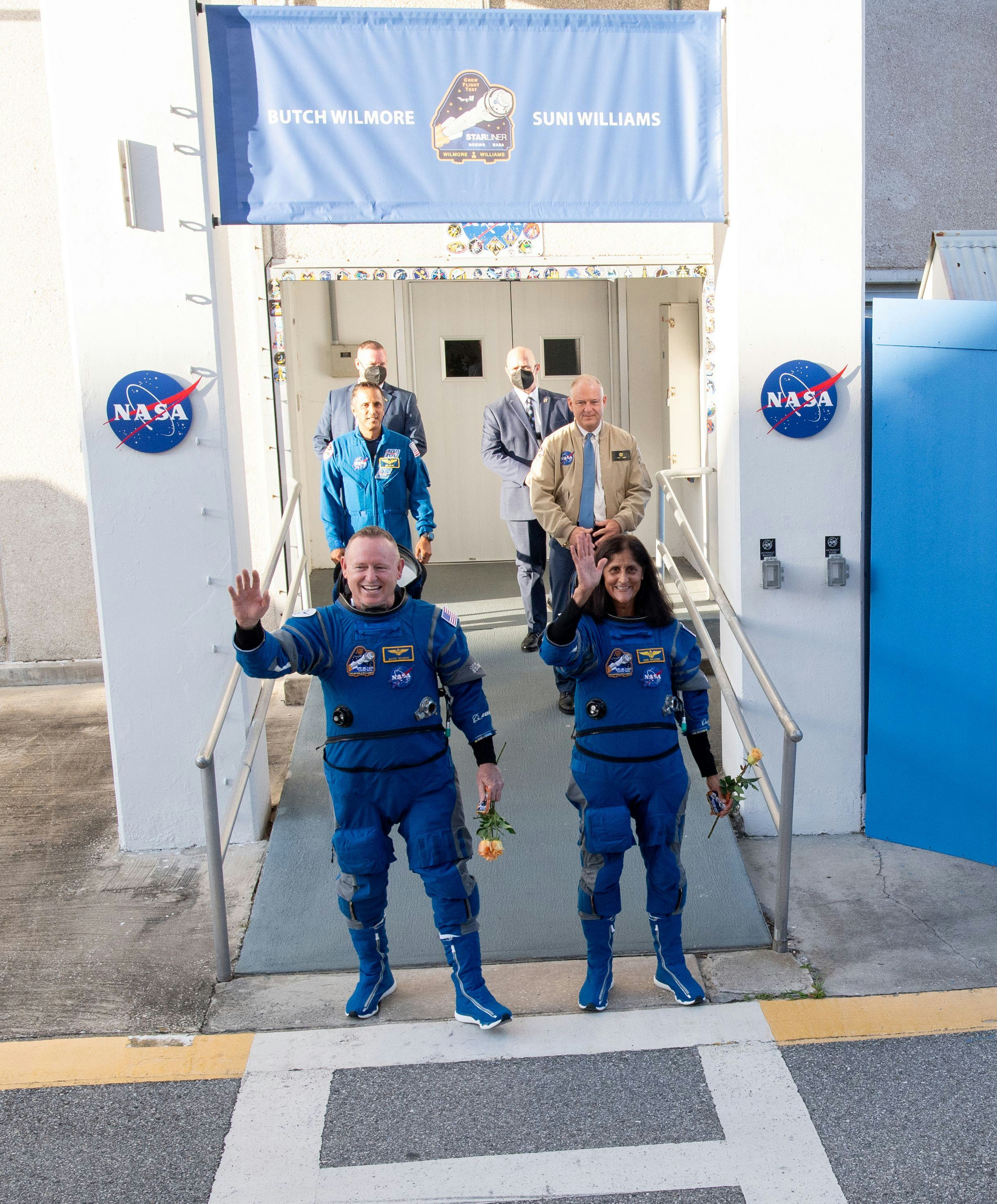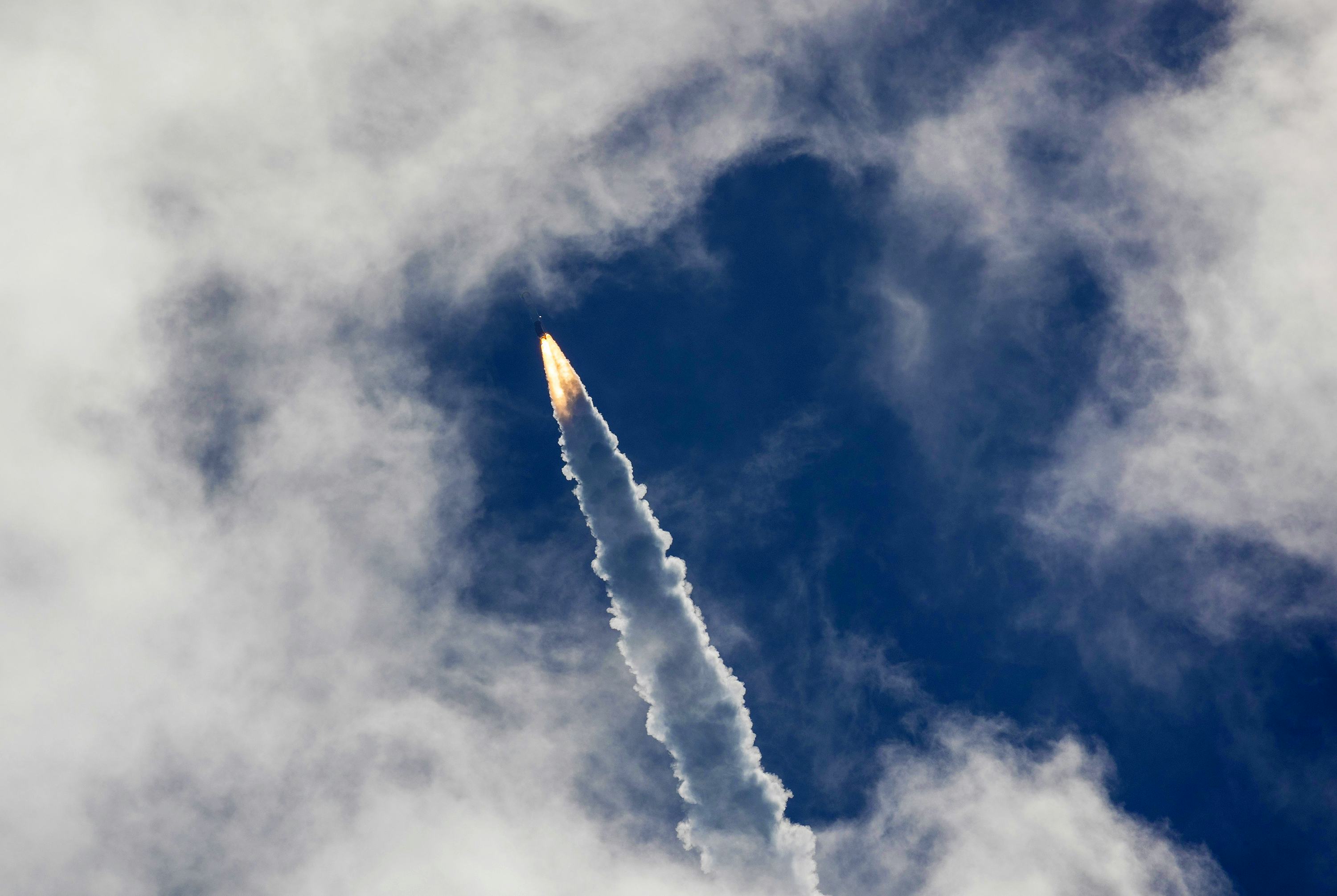
Boeing’s Starliner, which has been stuck in space since June 6 for what was meant to be an eight day long mission, is at a standstill.
The evaluations NASA will undertake over the next few weeks will determine if Starliner returns to Earth with its crew, or if it comes back alone, and leaves its crew in space for many more months with a return home pushed to next year. There are still many unknowns, but a teleconference NASA held on Wednesday did shed light on some big questions.
NASA gave Boeing a contract a decade ago to build a commercial system to fly astronauts to and from low-Earth orbit. The aerospace giant’s first trial run with astronauts launched from NASA’s Kennedy Space Center up towards the International Space Station (ISS) on June 5. The mission, called Crew Flight Test, was slated to last eight days. Friday marked mission day 72.

Boeing Starliner’s inaugural crew flight carried NASA veteran astronauts Butch Wilmore and Suni Williams. They’re still in space. The duo’s delay to come home stems from issues that first arose as Starliner sought to rendezvous with the ISS.
A key problem with Starliner is that five of its thrusters, which are part of the propulsion system, failed and turned off during the flight to the ISS. Over the past several weeks, NASA and Boeing have performed a number of tests to both the Starliner ship currently stuck at the ISS as well as a test unit in New Mexico to evaluate whether the thrusters are working and the spaceship can safely take astronauts home.
Specifically, on the Starliner docked at the ISS, scientists have performed what they call "hot fire tests" where they ignite all but one of Starliner's thrusters for a very short period of time to test that the thrusters are working. On a test thruster in New Mexico, Boeing engineers attempted to replicate what the thrusters in space would go through by putting them through the same thermal conditions and sequences that they'd feel during the flight.
The tests revealed that the thrusters were likely overheating, and that a teflon seal on the thruster’s oxidizer line poppet was swelling and causing fuel to get blocked.
When will NASA decide if Starliner will return to Earth with astronauts?
The Flight Readiness Review, in which officials are polled for go or no-go, could happen as early as next week. It could potentially get pushed to the beginning of the week beginning with Monday August 26, Ken Bowersox, associate administrator, NASA’s Space Operations Mission Directorate, told reporters at a teleconference NASA held on Wednesday. “It's a fairly major discussion to decide about whether or not we're going to have crew on board Starliner for return,” Bowersox said.

Could NASA delay the decision again?
At the press conference, Bowersox said that “it’s getting a lot harder,” to delay the decision. He cited consumables, and the need to use the ISS ports for cargo missions, as reasons to avoid postponing the decision of whether or not Starliner returns crewed or empty much longer. “We’re reaching a point where that last week in August we really should be making a call, if not sooner,” Bowersox added.
If Starliner returns with no astronauts, would it mean the end to NASA’s quest for a backup plan in space?
NASA spearheaded its Commercial Crew Program so that it could pay more than one company to fly its astronauts to space. Boeing and SpaceX are meant to be dissimilar contingencies, or different options, in case one company cannot provide astronauts with a lift to space, or return them in case of an emergency.
In fact, although many details haven’t yet been ironed out, NASA has already reached out to SpaceX to bring Wilmore and Williams home on their Crew-9 mission’s Dragon capsule if Starliner is deemed too dangerous to bring the duo home.
“All I can say is that our intent is to keep pressing to have two providers,” Bowersox said.
“We've got two very good companies, and we want to develop two strong and capable spacecraft. We think we still have a very good chance of doing that. But the answer is always in the data, right? That's why we're doing this mission.”







